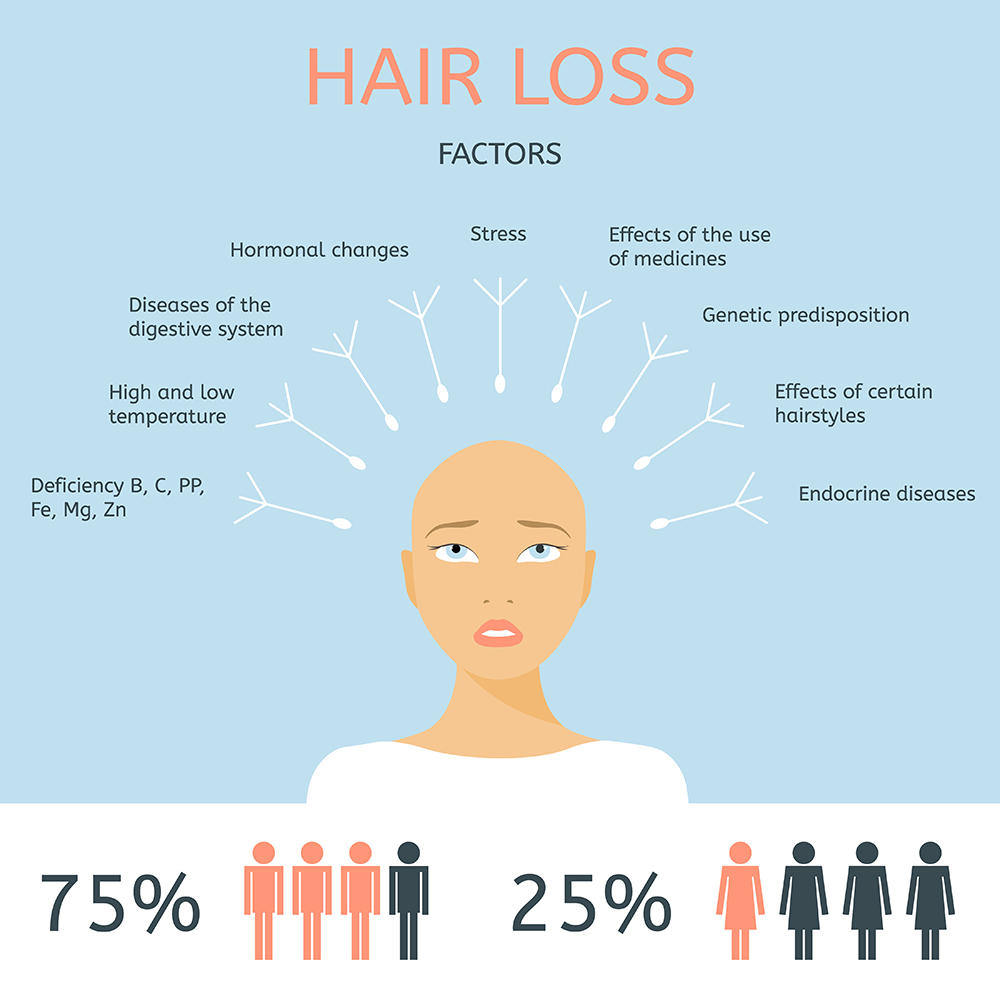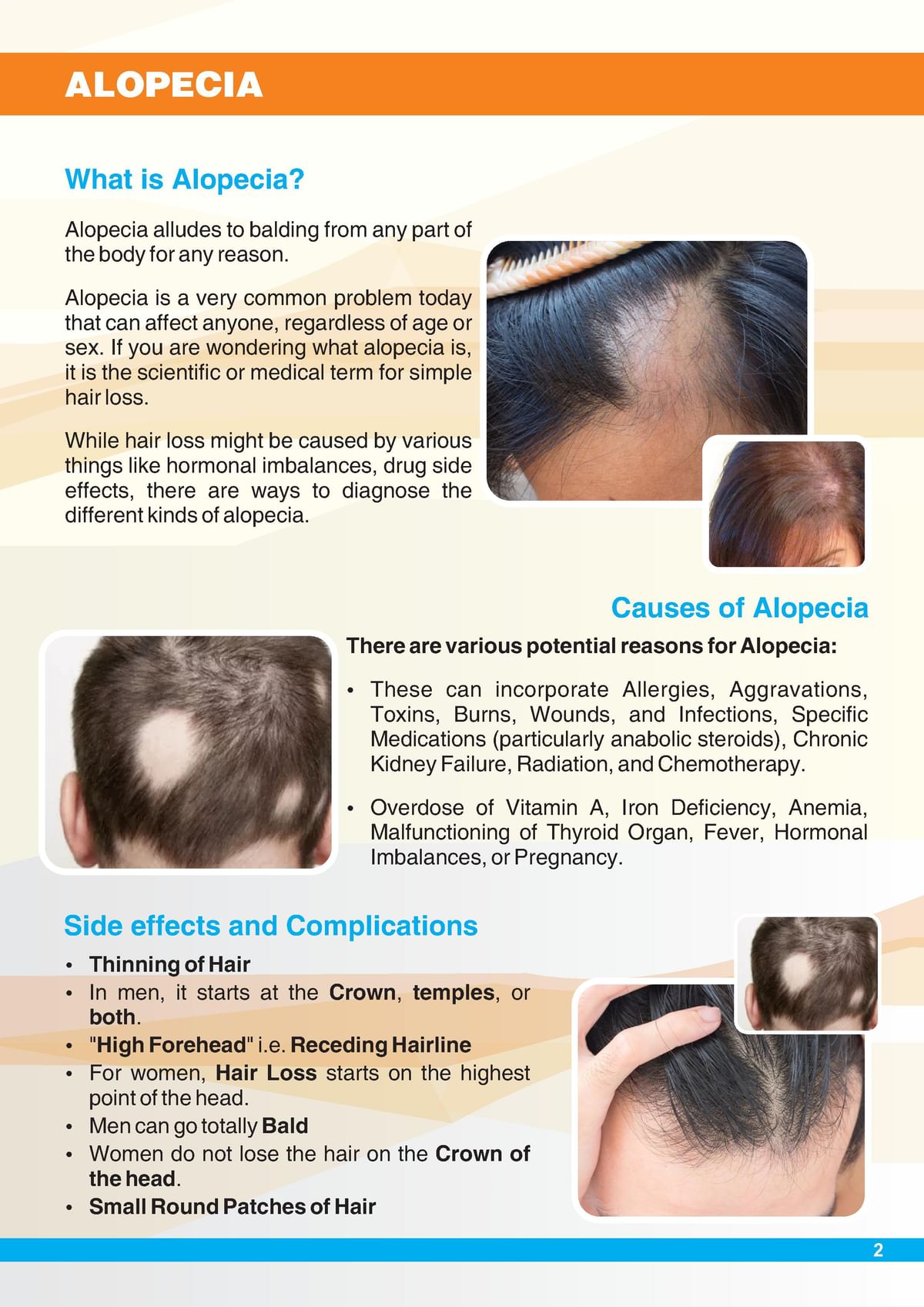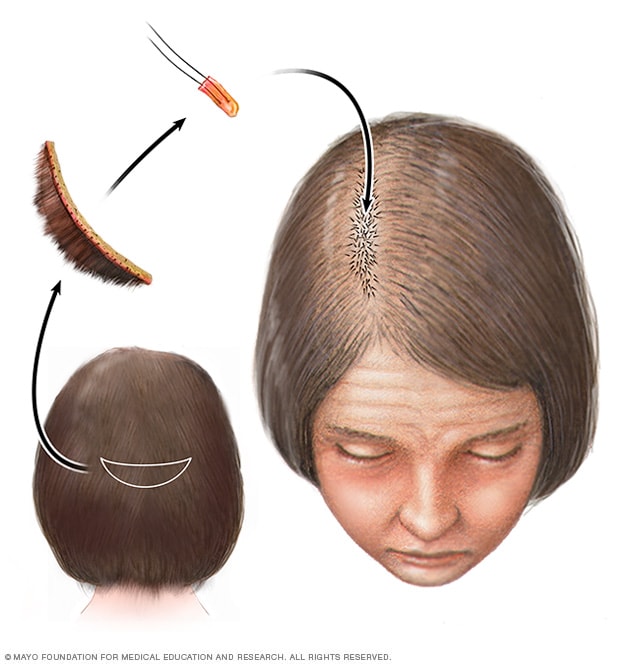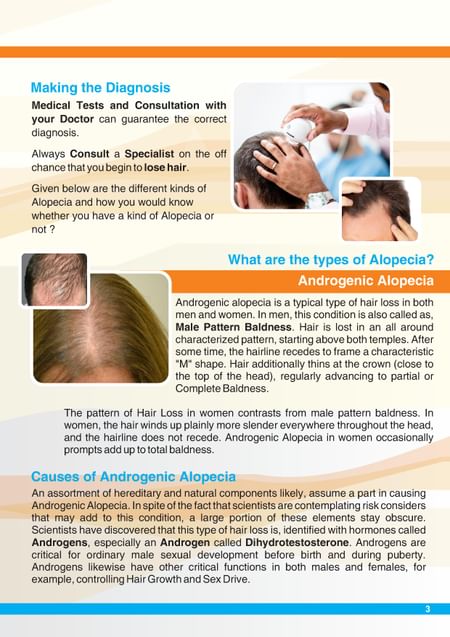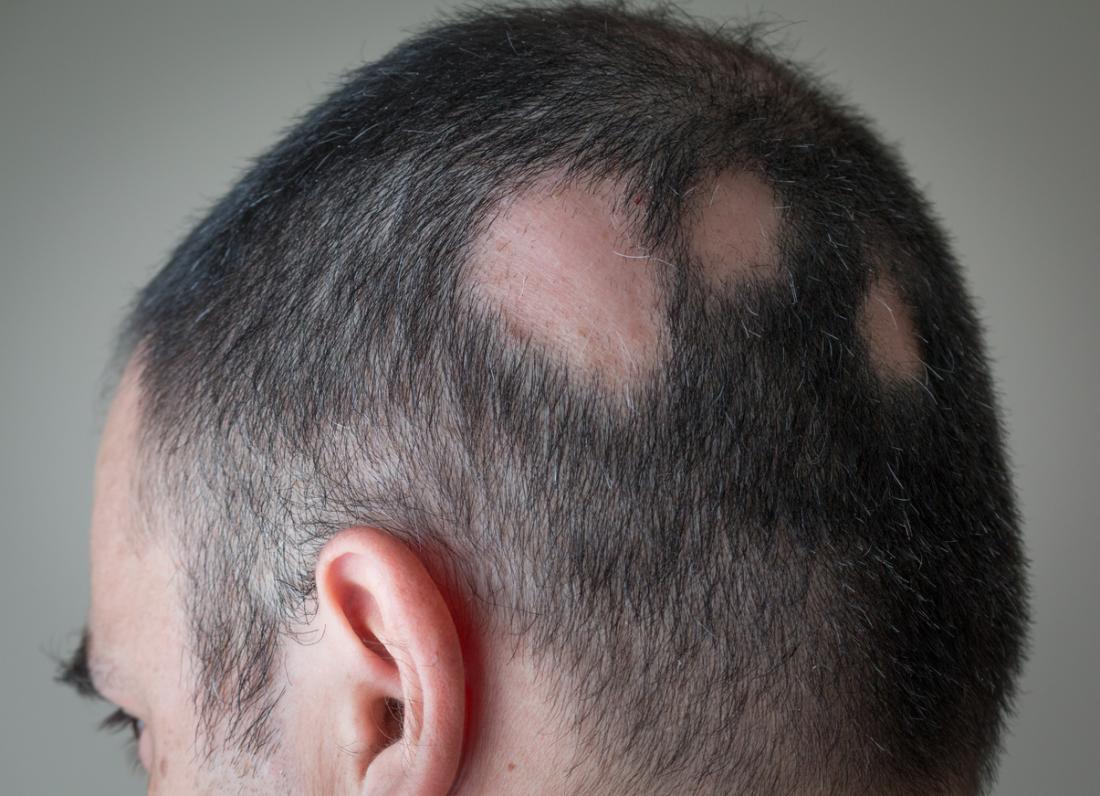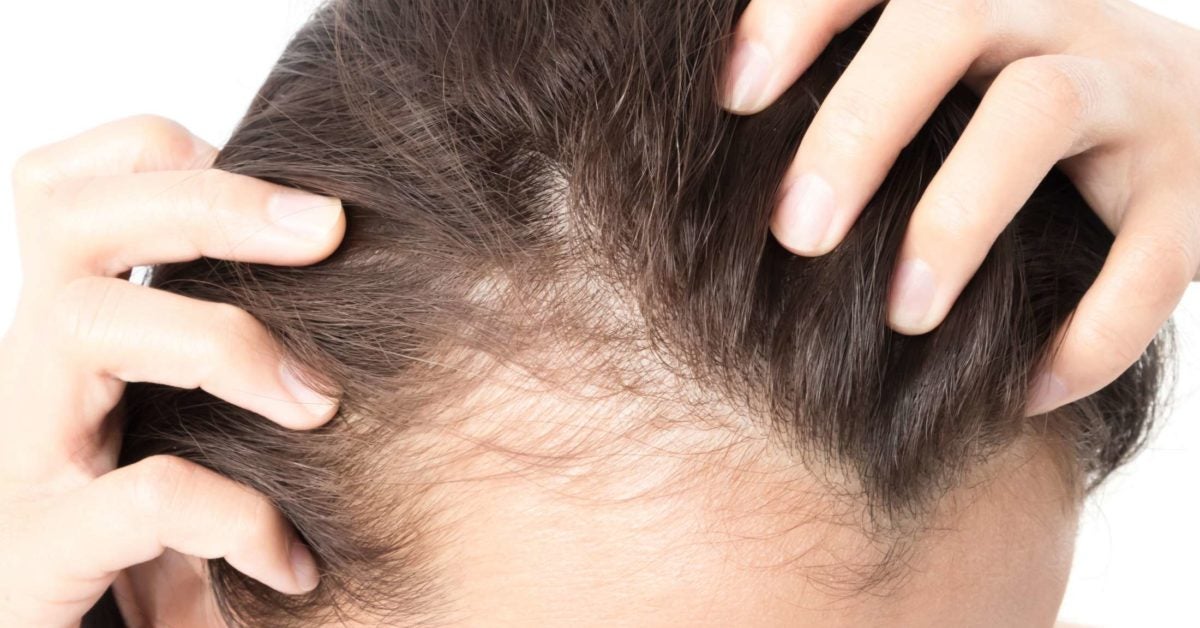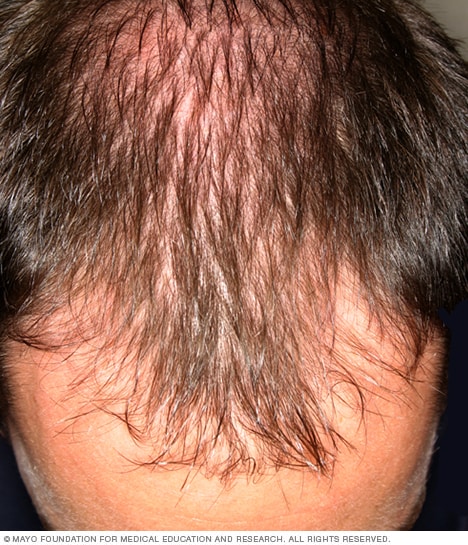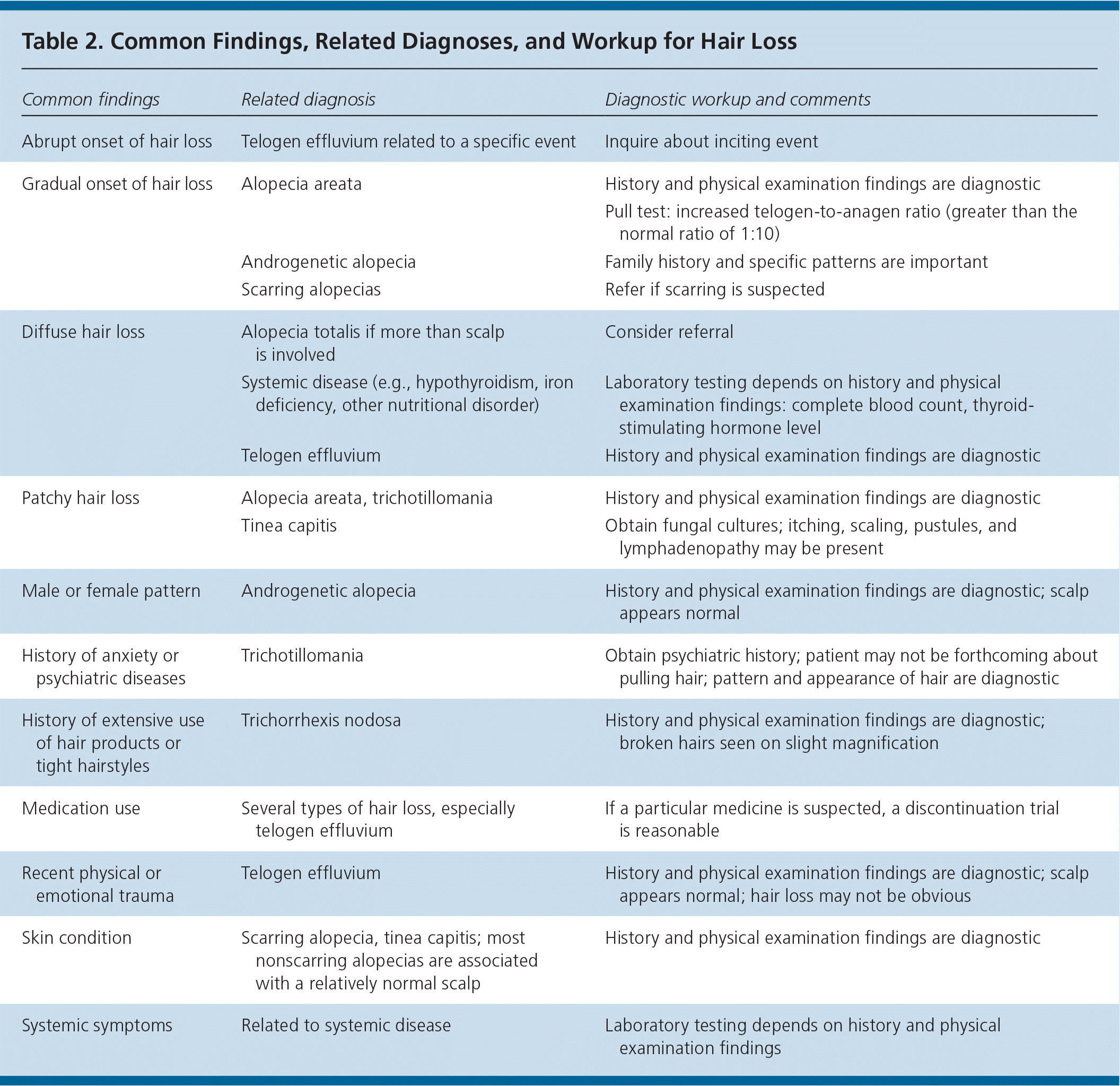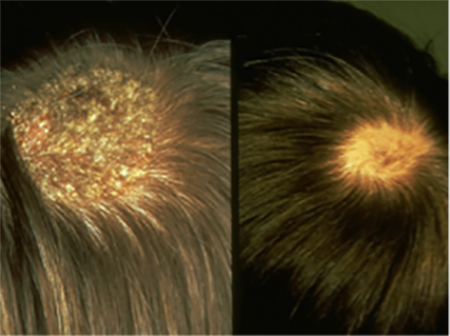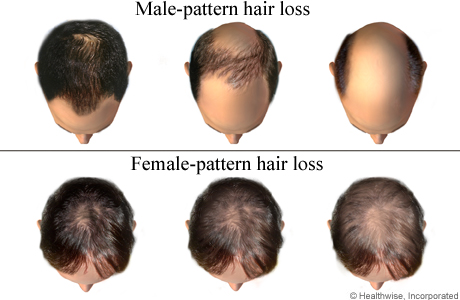Inspirating Tips About How To Diagnose Hair Loss

However, these are a few of the most common.
How to diagnose hair loss. These may include tests for a specific. Based on the type and. Tests for diagnosing women's hair loss , a number of tests can determine the extent of a woman's hair loss.
The theory is if your scalp has too much inflammation it overwhelms the weak follicles, and instead of helping them grow you push them out or damage them causing irreversible hair. Examining your hair and hair follicle openings using a. This type of hair loss is called.
A scalp biopsy may be necessary if the cause of hair loss is unclear. The cause of focal hair loss may be diagnosed by the appearance of the patch and examination for fungal agents. Dry scalp that may crack and bleed.
The online comprehensive consultation process assists the hair loss doctor in examining your scalp to determine the primary cause of your hair loss. How to diagnose hair loss there are a number of causes of hair loss, and different types of treatments are available. Hair loss is a common problem that can be caused by a variety of factors, including genetics, aging, stress, and medical conditions.
A dermatologist can utilize a blood test or scalp biopsy in order to diagnose hair loss. An accurate diagnosis is based on history, clinical examination, laboratory tests, and scalp biopsy. A doctor may be able to diagnose alopecia areata simply by looking at the extent of your hair loss and by examining a few hair samples under a microscope.
Your doctor will take a sample of your hair and examine it under a microscope. This chart of hair loss pictures is a useful tool for diagnosis (and to avoid misdiagnosis) and for describing the extent of hair loss for treatment purposes. The savin scale is another useful tool that shows types and.
